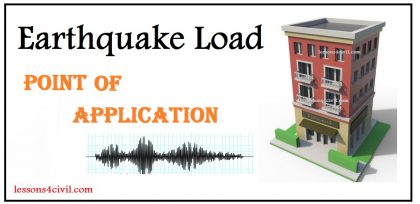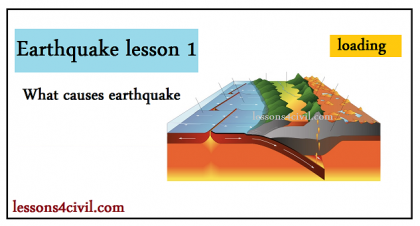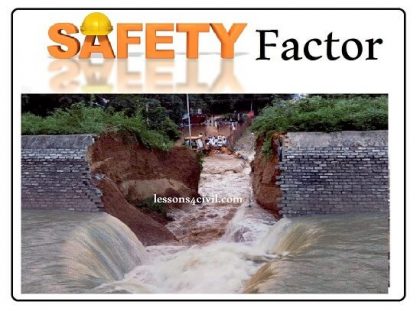Earthquake load is applied at….?
Regardless of how the amount of earthquake load is computed, we need to know how it is going to be distributed in each story. Then we can find out which structural members are more critical than others and we can also optimized our structural design by using reasonable justifications. If Fi is a resultant of […]






